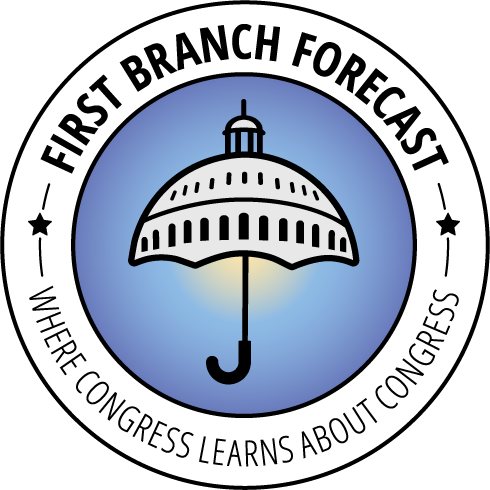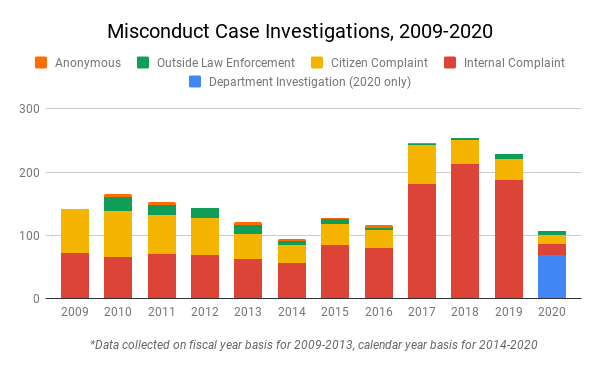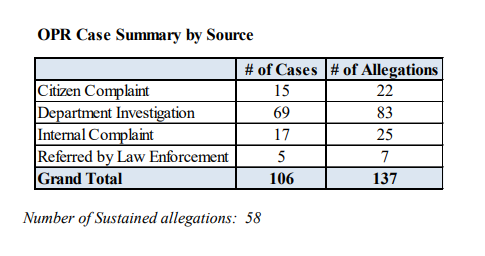Welcome to the First Branch Forecast, your weekly look into the Legislative branch and government transparency. (Was this email forwarded to you? Subscribe here.)
TOP LINE
We made it. The House and Senate are on recess for the next two weeks. With members at home, at fundraisers, or on CODELs, staff will have an opportunity to catch up on deferred work and prep for another burst of action. Everyone is back the week of April 12th. Today marks 68 days since Biden was inaugurated and 82 days since the Trump insurrection. (We note that the House’s innovation of committee-only workweeks has been a success.)
Funding levels for Senate committees is the topic of our newly-released report, which found the Senate has made strides to undo decades of damage to their capacity to legislate and conduct oversight, but much more needs to be done. Specifically, Senate committees received an $18 million or 8% boost over the 116th Congress, but even this higher level of funding is still down by $59 million or 20% from the 111th Congress (2009-2010). The median increase in funding for each committee over the last Congress was $900,000 or 11%, and faithful readers have come to expect that we break out the details for each committee — indicating who got what — in the full article. (Our numbers exclude the Appropriations committee, which funds itself through a separate line item and usually has twice the funding of the next largest committee.)
The House Modernization Committee got organized this past week and held a listening session with 23 witnesses, including our very own Taylor J. Swift. We have more on this hearing below.
GAO is reviewing whether Biden’s freeze on border wall construction is in violation of federal law, Caitlin Emma reports. At issue: whether the freeze violates rules intended to keep Congress’s fingers on the federal purse. The GOP request for the review is here. One smart measure to protect Congress’s prerogatives, the Power of the Purse Act, would remedy many of the abuses we saw in the last administration.
The outer Capitol fence is gone, finally, but the inner fence remains for now — and maybe forever. Sens. Blunt and Von Hollen introduced legislation to ensure there is no permanent fence, which is a companion bill to House Del. Holmes Norton’s legislation. We co-led a civil society letter with the Lincoln Network that opposes a permanent fence.
Congress’s approval ratings have more than doubled over the last three months, from 15% in early December to 36% in March, per a Gallup poll. The last time it was this high was March-May 2009. Per Gallup, 59% of Democrats, 34% of independents, and 9% of Republicans approve of Congress’ performance. We underscore their caveat: “much of the recent increases is a function of partisanship,” which suggests Congressional approval ratings are a partisan indicator and thus a poor way to assess whether Congress is functioning properly.
Continue reading “Forecast for March 29, 2021.”

